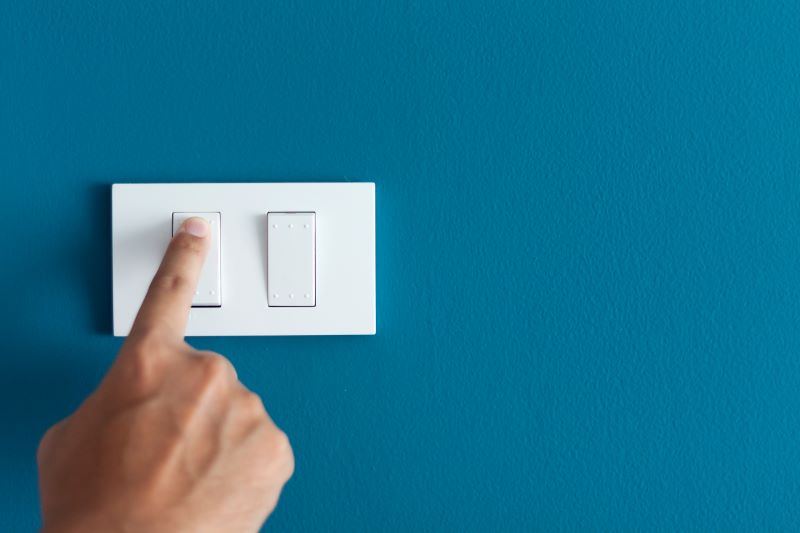
Customer centric means you accept that customers bring their individual likes, interests, biases, hates to their interactions with you. All being human, there will be some consistencies in these attributes that allow you to market to customer segments as if they are one customer, (though we think a ‘segment of 4 billion people on earth’ as the CMO at Mars famously remarked, is a bit too undifferentiated).
Ellipsis has written before about the impact the product / service has on the likelihood a portion of your customers is even open to developing a relationship with your brand; (babies & pets) vs (salt & soap). All categories have some passionate brand advocates, but if the proportion is low, finding them economically is harder, increasing their value more difficult and this should directly affect your marketing strategy. Sort of ‘give it up, he is just not that into you’ advice.
We thought that a commodity market like electricity supply might be a low engagement category, so our eyes lit up when we found research on why customers switch suppliers in New Zealand.1
The New Zealand retail electricity market has the highest consumer switching rates in the world, this plus sailing gives them two world #1 rankings. With government encouragement and no barriers to switching suppliers the surprise is that more New Zealanders do not switch, 80% stay where they are, even in the face of financial savings for the same product.
To explain this, the researchers investigated which non-price offers prevented consumers from saving money. These included wait time on calls, percentage of the power that was from renewable sources, was the supplier a New Zealand owned company, was the supplier well known and established in electricity supply, on-time payment incentives and customer rewards programs.
Choice Modelling, found 3 customer segments with distinctly different attitudes to electricity supply.
1. “Bargain Hunters”
40% of the population, would switch to save NZ$125 pa.
Are most sensitive to power bill savings, call waiting time and prefer longer fixed rate contracts on good deals (lower power bills).
Have positive preferences for the status quo (current supplier), which indicates switching inertia - i.e., they will only switch when power bill savings exceed a certain minimum threshold.
Prefer locally owned suppliers.
Younger (44), highest switching rate (28%), have dependent children (48%).
Larger households, better education and lowest environmental attitude core.
Lowest ‘Willingness to Pay’ for non-price attributes e.g., $4.75 to $9.00 per month for 25% more local ownership.
2. “Potentially Mobile but discerning”
46% of the population dislike entrants from other sectors who must charge NZ$135 less for a 50% chance of acquisition.
No loyalty to current supplier, value all attributes not just price.
Negative on long call wait times, non-traditional power companies.
Positive preferences for fixed rate contracts, loyalty rewards & local ownership.
These customers represent an opportunity to compete in different ways.
54% female.
Lower average income compared to Bargain Hunters.
Highest average environmental attitude score.
Willing to pay between $19.87 and $41.04 more per month for loyalty rewards.
3. “Captive and Loyal”
14% of the population, unlikely to switch supplier for any realistic saving.
Large inertia or strong preference for the status quo.
Negative preference for fixed rate contracts.
Indifferent to call waiting time.
Very strong preference for loyalty rewards & local ownership.
Oldest, lowest income, smallest household size, least sensitive to power bill savings.
Retailers offering 24 months fixed rate contracts would have to charge between $15.36 and $32.64 per month less to retain these customers.
This was an eye-opener for us; 86% of the population is open to switching for the right set of attributes, price included, and only 14% are just not interested enough to bother. As this market is zero-sum, if you are a low-cost supplier, your switching campaigns would have a clear target in the Bargain Hunters2. Other suppliers would consider loyalty programs for the Potentially Mobile and all suppliers would try to let sleeping dogs lie for the Captive & Loyal.
It would be a fascinating test and learn challenge to experiment with targeted acquisition offers to these different segments, to see if the research is reflected in behaviour. If it does, the way is open to some innovative, differentiated marketing campaigns.
If we can help you understand your customer and how they interact with your brand, give us a call.
We are Ellipsis, the Customer Loyalty Experts. We help businesses thrive through solving complex customer problems. Please get in touch, we’d love to talk.
References:
1. Consumer switching in retail electricity markets: Is price all that matters? Tom Ndebele, Dan Marsh, Riccardo Scarpa. Energy Economics. Published June 2019
2. Note to the new market entrant Octopus, who have an innovative customer service model; Bargain Hunters are looking for your service levels.